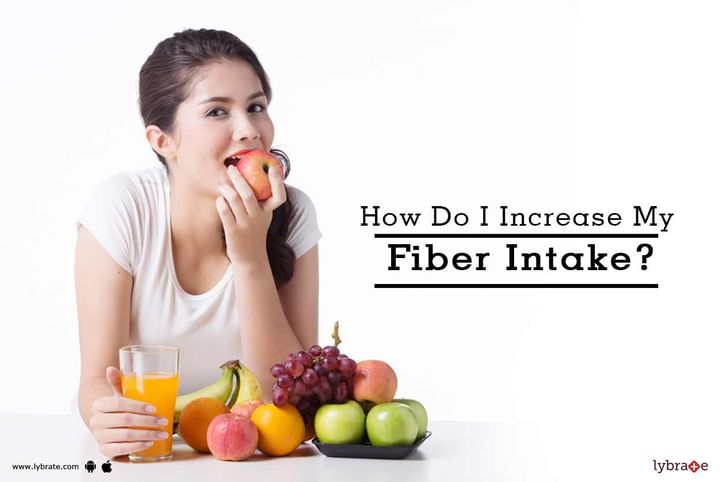How Do I Increase My Fiber Intake?
The human body is designed to process foods with the help of fibers. The benefits of fibers are being recognized widely, and people are being advised to increase their fiber content. As per ICMR guidelines an adult’s diet should contain close to 40gms of fiber. On an average, your body needs at least 25 to 30 g of fiber daily.
Our body requires two types of fibers - soluble and insoluble. The soluble fiber absorbs water during digestion, contributes to stool bulk, and are believed to reduce cholesterol levels. Fruits, vegetables, legumes, oats, and barley are good sources of soluble fibers.
The insoluble fiber is required for good movement of food through the intestines. These are found in fruits, vegetables, beans and whole grains like wheat, rice, barley, and oats.
It takes a little planning to ensure your food is fibrous, but the benefits will be lot and long-lasting.
Follow some of the following simple steps to help you increase the fiber content of your diet:
1. Vegetables: You have toensure that each meal of yours is as colorful as possible. Include good amounts of carrots, radish, greens, legumes, tomatoes, cabbage, and any vegetable that you like in each meal. This helps you get all the fiber and nutrients that you want in a meal. Baked, boiled, raw - choose any form that you like.
2. Fruits - It is advisable to eat a raw fruit as compared to having its juice. The fiber content reduces when you convert a fruit into juice. Try not to discard the peel, unless it is not edible at all (for example pineapple or jackfruit). Fruits, along with vegetables, form the most natural and best source of fiber. About 5 servings of fruits and vegetables per day will get you all the fiber you need for a day - 25 to 30 g per day. Berries, pears, prunes, figs, apples, oranges, mangoes, pineapples - take your pick.
3. Whole grains: Whether you are picking up bread, noodles, cookies, or a packet of pasta, make sure they are made of whole grains and not refined flour. Include one cereal in your breakfast. Oats, barley, wheat germ powder, flaxseeds can all be good sources of fiber. Replace white rice with brown rice to get more fiber.
4. Water: Though not a direct contributor to fiber, increasing the water intake makes the fiber from the above mentioned foods more effective. It promotes better food passage through the intestines and contributes to better stool. It also reduces the bloated feeling that you get with increased fiber.



+1.svg)
